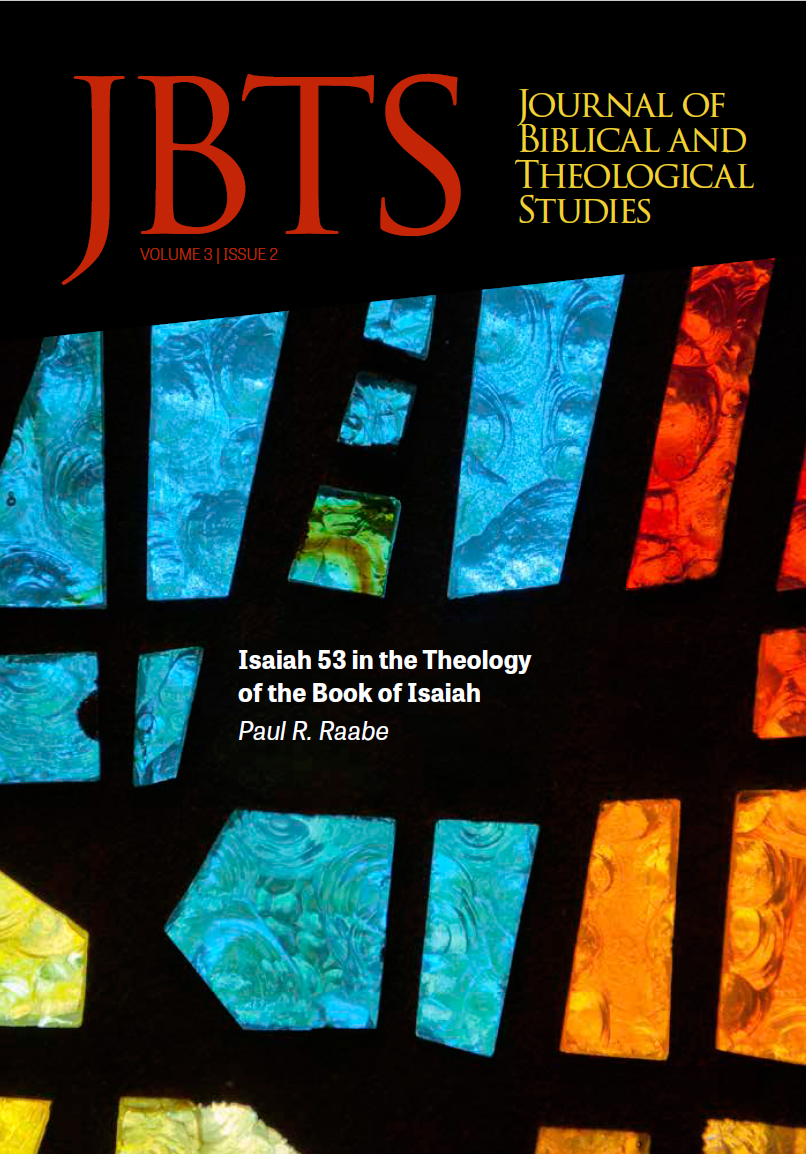Isaiah 53 in the Theology of the Book of Isaiah
Paul R. Raabe
Paul R. Raabe is Professor of Biblical Studies at Grand Canyon University in
Phoenix, AZ. He is the author of several works including the Obadiah commentary in the Anchor Bible series. He is currently working on a commentary on Isaiah in the Concordia Commentary series.
Introduction: Critics attack the Christian faith in various ways, and their attacks gain a hearing. One such critic is Christopher Hitchens, a self designated “anti-theist.” He critiques Good Friday and vicarious redemption by asserting that accountability, responsibility, and guilt remain on the perpetrator and must always remain on the perpetrator. He claims it is non-transferable. In his view the notion of vicarious punishment leads the guilty to evade their own responsibility.
With that critique in the background, I wish to explore the book of Isaiah, specifically Isaiah 53 within the theology of the book. To use the analogy of Irenaeus, all the pieces together form a beautiful mosaic of a majestic King. In the mosaic of Isaiah the central diamond is the Suffering Servant Song of Isaiah 53.3 In order to appreciate that central diamond we need to understand the overall design of Isaiah’s mosaic. I will illustrate each piece of the mosaic with a few examples.
Isaiah 53 is rightly one of the most famous chapters in the Bible, the Suffering Servant Song. To fully appreciate this glorious chapter we must understand it in its literary, historical, and theological context. Here I will focus on its theological context.




